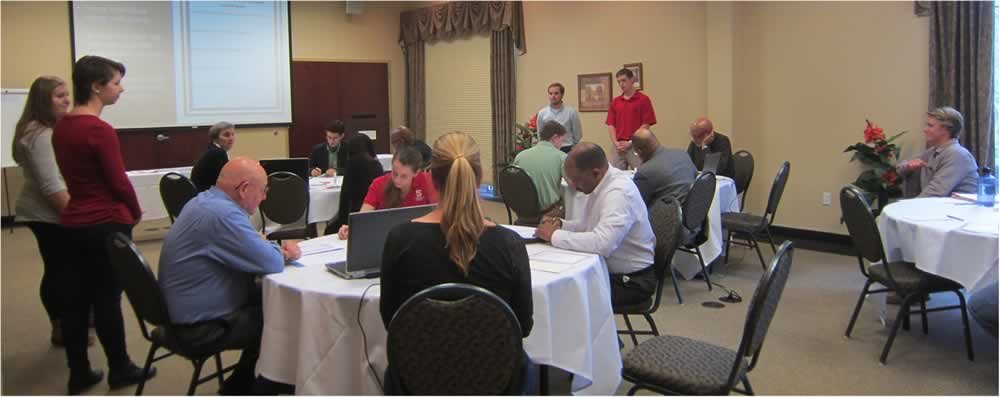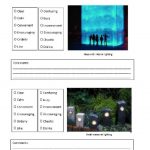Student Landscape Design with Community Engagement

Service Learning and Community Engagement with the North Carolina Association of Physician Assistants (NCAPA) Veteran’s Memorial Garden: Impacts of the HS 401 Landscape Design
There are many ways design faculty implement community engagement. There is little evaluation about the different ways these efforts may impact student learning or the community satisfaction.
Julieta Trevino Sherk has incorporated community-based service learning in her landscape design construction studio for the past 7 years. In order to better understand the impact that service learning/community engaged teaching strategies, the students and the communities’ impressions are being assessed relative to the process and the products from the HS-401 Landscape Design course studio projects. The goal of the study is to validate teaching strategies in order to improve the process and outcomes of the implementation of service learning/community engagement and eventually, to share lessons learned.
Methodology
Students develop purposeful stakeholder design games using Henry Sanoff Engagement Methodologies. Following are some example of activities students designed to focus their scope of design work with the community input.
Wish Poem allows free flowing ideas from all members of the room to be brought to the attention
Design Image takes input and use it to design landscapes that more closely represent the participant’s wishes
Descriptive Words to discern specific opinions about aesthetics and types of landscape elements
Discussion
Students evaluated participatory group activities and developed a hierarchy of the community’s responses as seen in the following objectives:
- Create remembrance wall and path or art piece structure with the most important meaning as honor, followed by courage commitment, and sacrifice.
- Accommodate gathering for memorial garden with the primary use of celebration for large events, and small events
- Incorporate landscape elements including, in order: Remembrance Wall, an Accessible Path, Flowering Plants, Recognition Plaques, Benches and Flag Pole
- Stakeholders voiced a preference for the use of a reflective material and of brick on the memorial
- Students discerned a stakeholder preference for simple seat walls with low maintenance plantings and simple lighting
Students presented the results to the community along with their design ideas including construction documents and cost predictions.
Conclusions
Community workshops enriched students’ connection to the local people as they experienced hands-on applications of skills introduced in the course.
The community plays a role in the teaching of the students, and in turn receive ideas and information that they can use to make their project a reality.
Comments from Stakeholders:
“The students did a terrific job listening to our ideas and wish list items and incorporated them into their designs with their own individual creativity”
“It was great to see the design proposals and cost estimates, and to have each student present their ideas. I could really see us having an excellent memorial here at the center, and I was able to see all of the ideas and thoughts that were discussed at the earlier meeting.”
Before the end of the course, with the help of the students’ design ideas and graphics, the stakeholders are already more than halfway to their reaching their financial goal.
If anyone is interested in learning more about the veteran memorial garden the Physician Assistant History Society.

- Categories:



